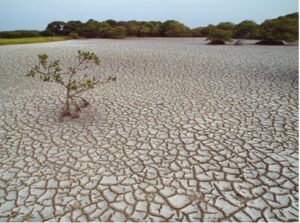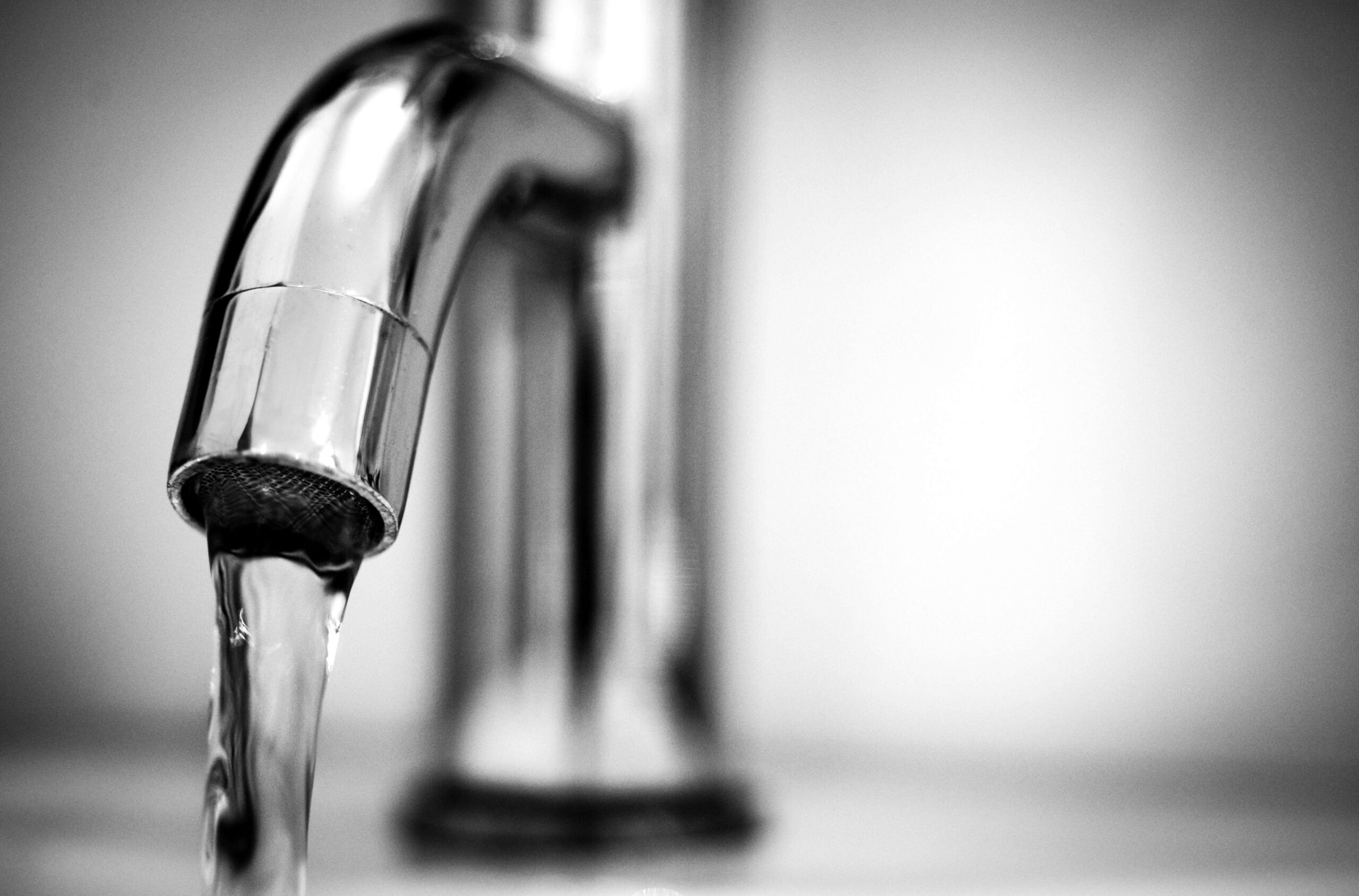We are indeed very fortunate in the UAE that the government has built state of the art infrastructure to make our lives more comfortable. Some of this infrastructure ensures that we have sufficient water for all our needs be it domestic, agriculture, commercial or manufacturing.
However, this does not negate the fact that we are living in one of the most water stressed countries on earth and nor should it lead us to waste water unnecessarily – which is exactly what we are all inadvertently doing on a daily basis.
We must urgently and collectively start employing water saving technologies such as aerators for showers, taps and shattafs and low flush toilets in order to offset rising shortages.
It is estimated that by as early as next year, two thirds of the global population may face water shortages. See original WWF article by @Roger Leguen below (with link).

© Roger Leguen / WWF-Canon
Water covers 70% of our planet, and it is easy to think that it will always be plentiful. However, freshwater—the stuff we drink, bathe in, irrigate our farm fields with—is incredibly rare. Only 3% of the world’s water is fresh water, and two-thirds of that is tucked away in frozen glaciers or otherwise unavailable for our use.
As a result, some 1.1 billion people worldwide lack access to water, and a total of 2.7 billion find water scarce for at least one month of the year. Inadequate sanitation is also a problem for 2.4 billion people—they are exposed to diseases, such as cholera and typhoid fever, and other water-borne illnesses. Two million people, mostly children, die each year from diarrheal diseases alone.
Many of the water systems that keep ecosystems thriving and feed a growing human population have become stressed. Rivers, lakes and aquifers are drying up or becoming too polluted to use. More than half the world’s wetlands have disappeared. Agriculture consumes more water than any other source and wastes much of that through inefficiencies. Climate change is altering patterns of weather and water around the world, causing shortages and droughts in some areas and floods in others.
At the current consumption rate, this situation will only get worse. By 2025, two-thirds of the world’s population may face water shortages. And ecosystems around the world will suffer even more.





